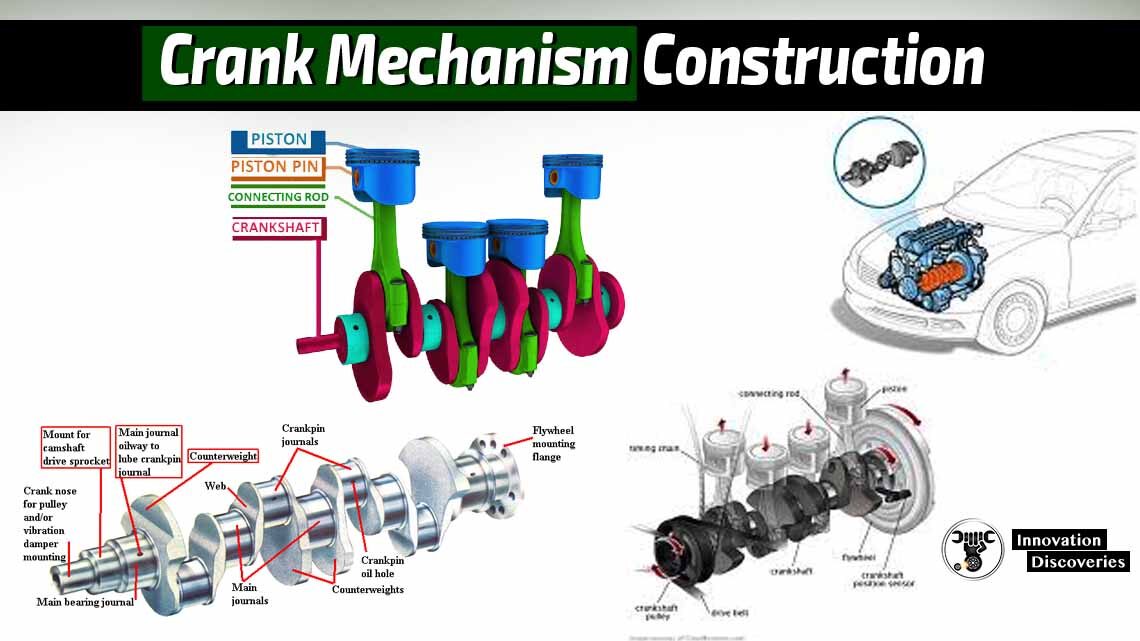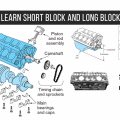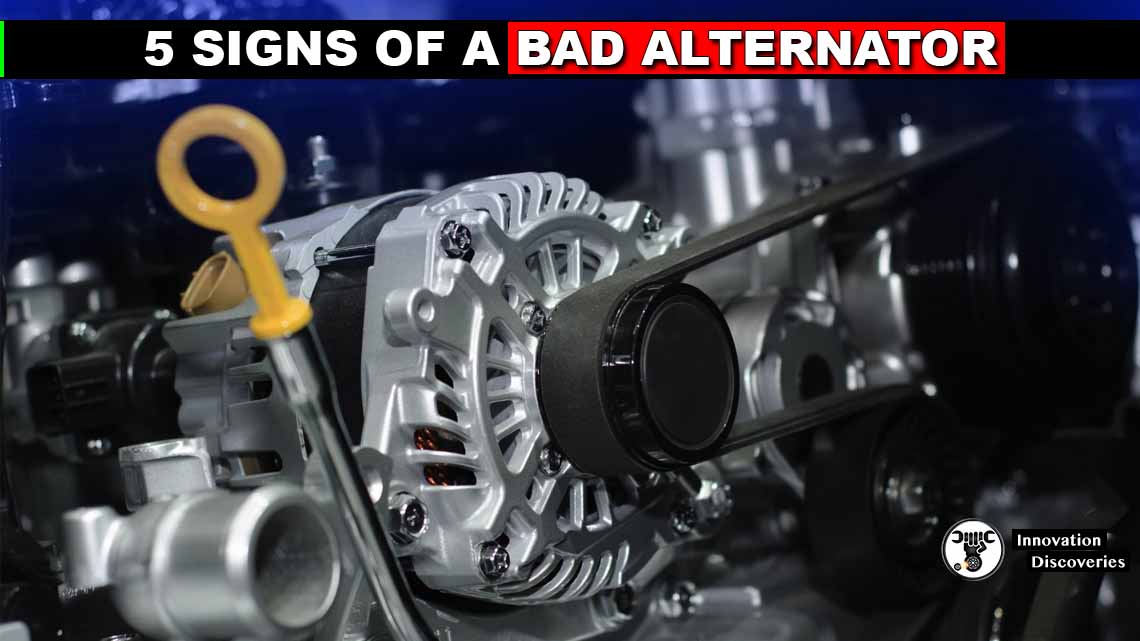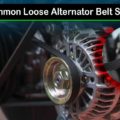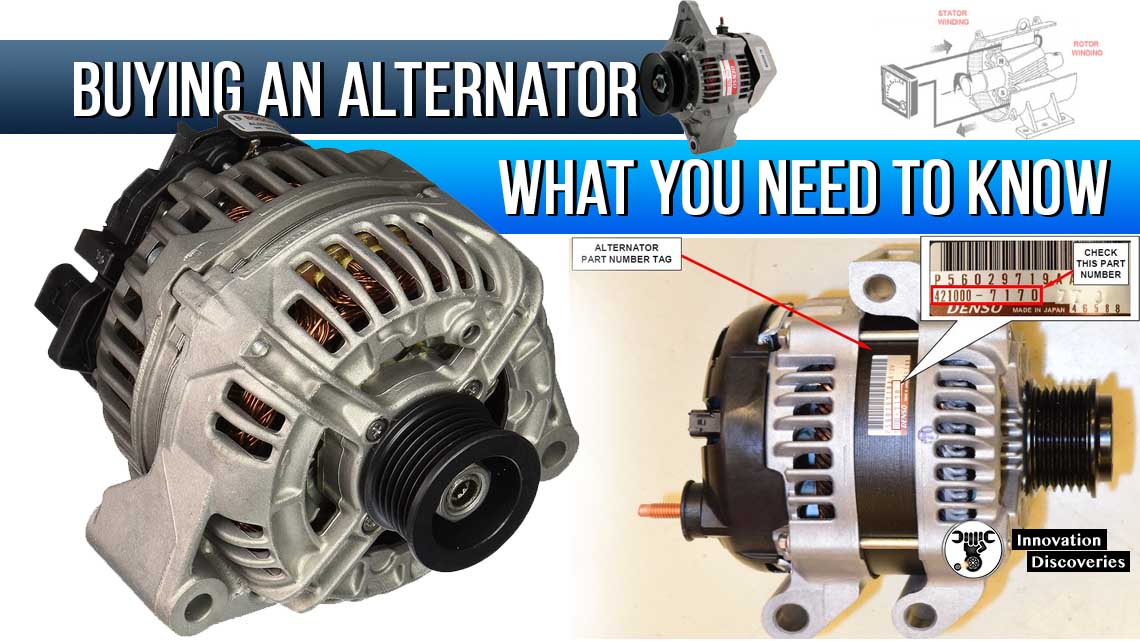
When you are looking to buy an Alternator to replace your old one it is important to match up the part numbers to be sure it’s the correct one for your car.
Getting it right the first time – You do not want to purchase the wrong one and then have to go through the process of finding the correct one all over again.
Every part is different so we need to look out for different things for different parts.
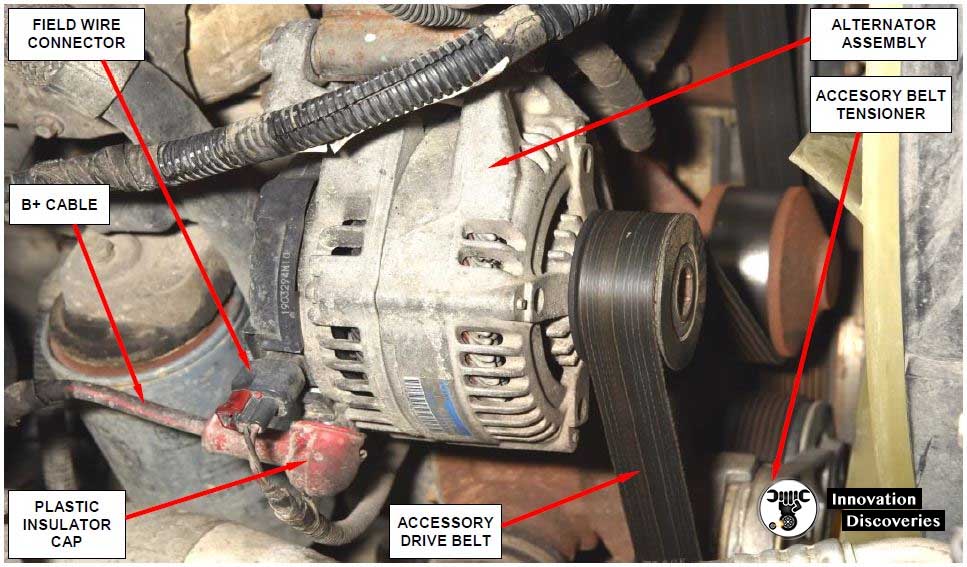
With Alternators, look out for the general condition (not too old and worn).
Also, test the Alternator to see what voltage it’s putting out into the battery, mark this information on a label that attaches to the alternator.
READ: 5 CAUSES OF AN ALTERNATOR NOT CHARGING
READ: STARTING AND CHARGING SYSTEMS
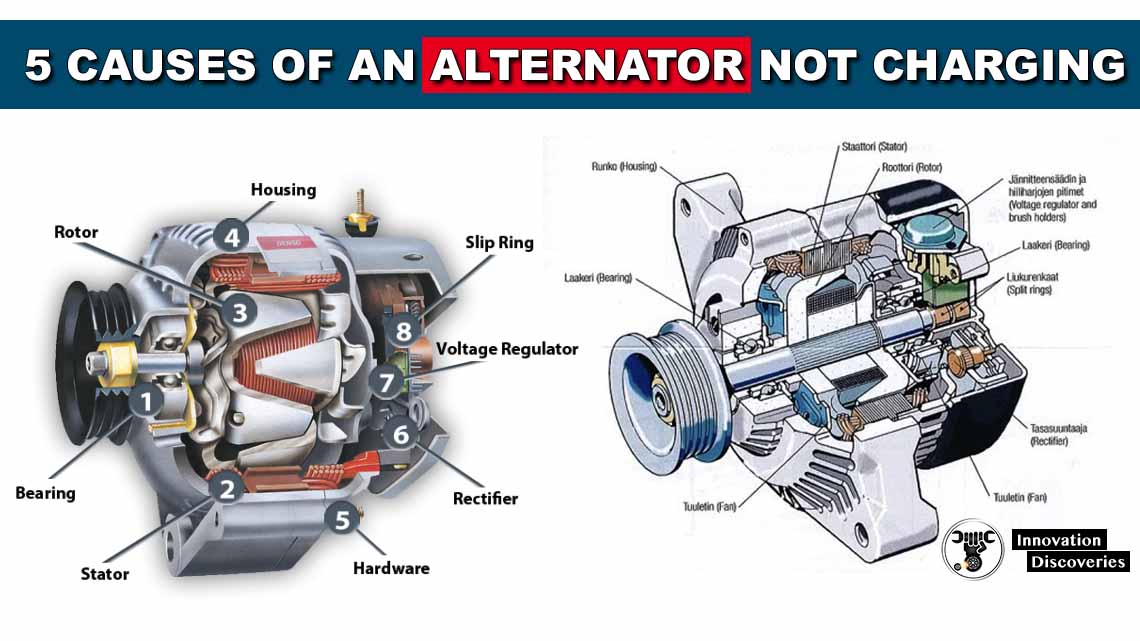
Alternators from cars that don’t run because of an engine or electrical problems can’t be tested so decide on whether to keep it or not.
This depends on the condition of the alternator and the reason why the car is an end of life vehicle.
Cars do not end of life because of an Alternator problem so it is very very unlikely that the end of life car we are dismantling because of an engine or electric problems had a problem with the Alternator.
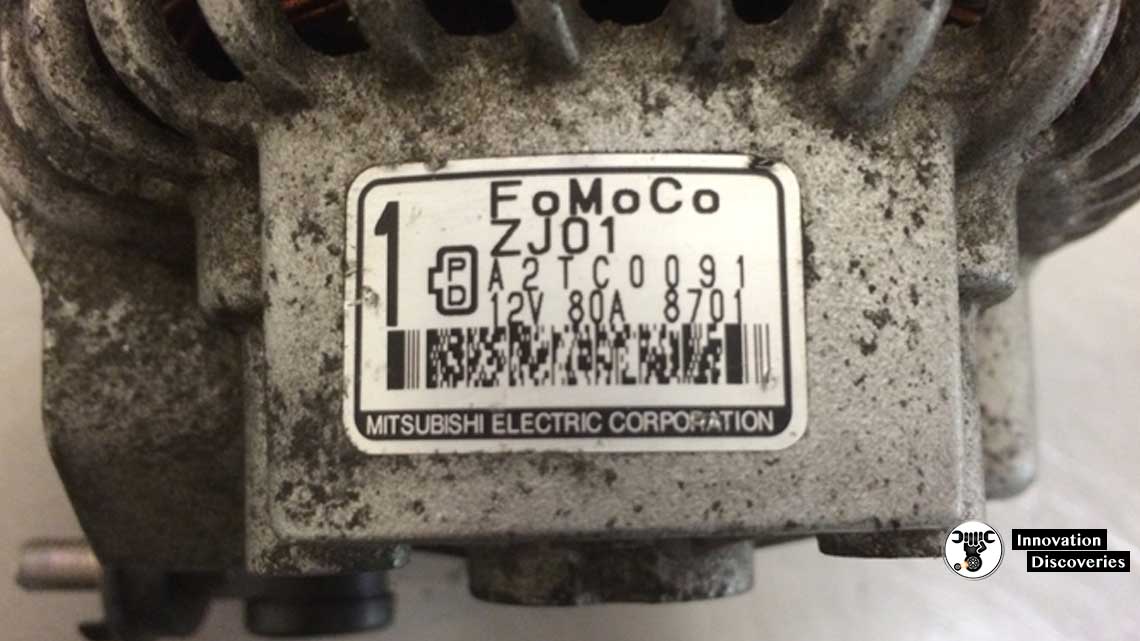
Where to find the Part Number
Where to find the part number depends on the make and model of the Alternator.
On most if not all Alternators the part number and Amps are found on a label on the side or end of the Alternator.
In the following images, we show you where to find the part number and the amount of Amps your car requires so you can cross-reference it with your parts number and Amps to be sure it’s the correct Alternator for your Car.
READ: CAR ALTERNATOR FUNCTIONS AND SYMPTOMS OF FAILURE
READ: 5 SIGNS OF A BAD ALTERNATOR
It is important to purchase an Alternator with the same Amps and not one with less.
If you purchase one with fewer Amps it will not charge your battery fast enough so you can use all the cars electrics when required.
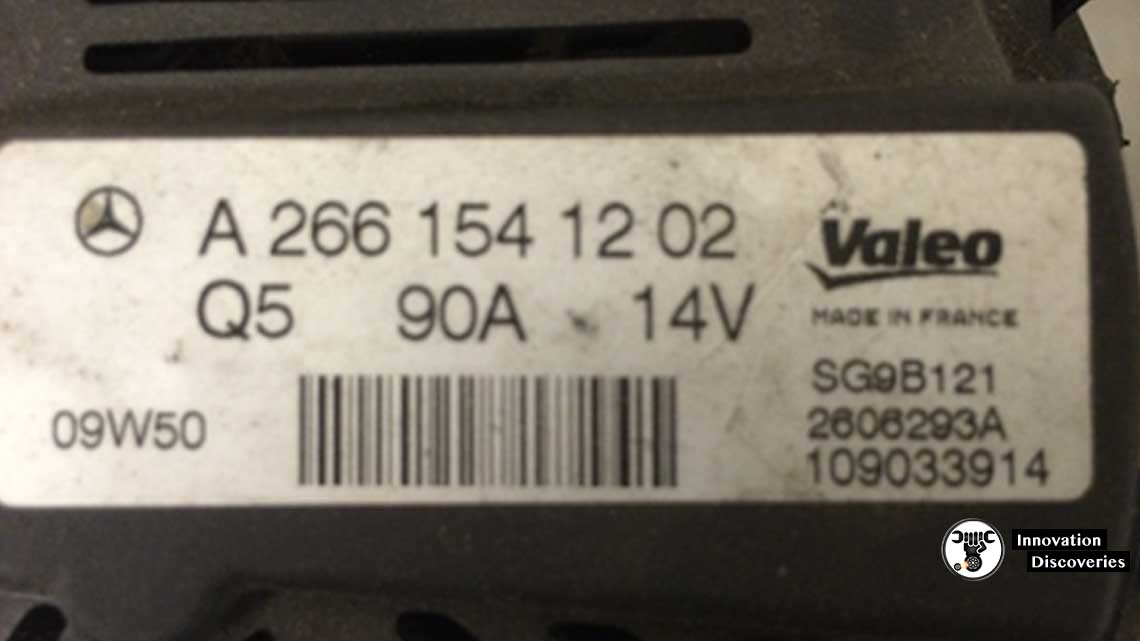
How does an Alternator work?
Your engine runs on fuel, air and a spark ignites the fuel.
Read: SPARK PLUGS AND GLOW PLUGS: WHAT’S THE DIFFERENCE?
Electricity is needed to generate a spark, a cars battery supplies the electricity needed, but only enough for a few miles and more is needed for the journey to carry on.
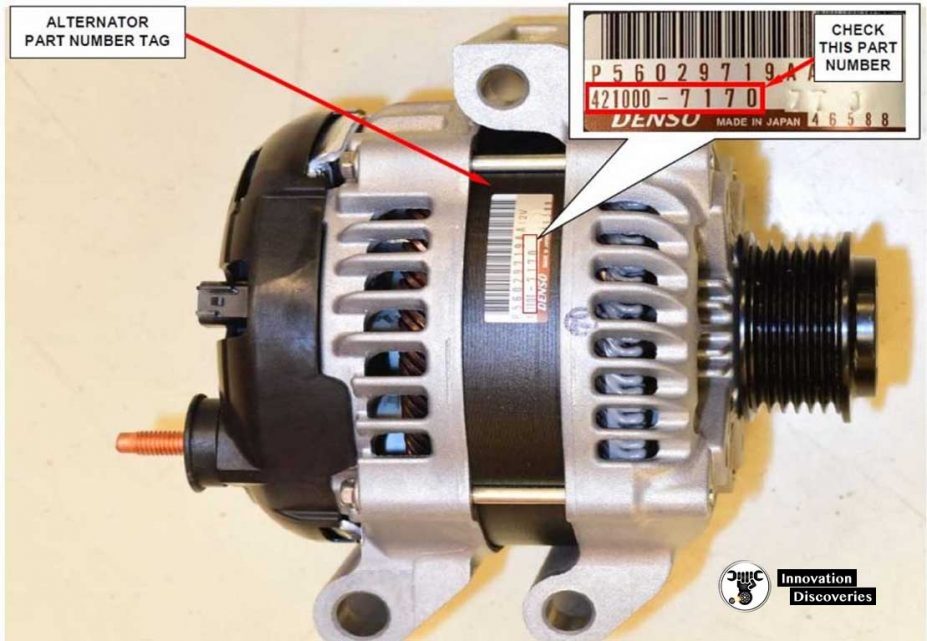
That is where the alternator comes in.
The reason for the alternator is to continually charges the battery so it never goes flat.
A car Alternator has an output of between 13.5 to 14.8 volts keeping your 12 volts car battery 100% charged so all the car’s electrics can be used when needed.
Also, read: HOW CAR ELECTRICAL SYSTEMS WORK
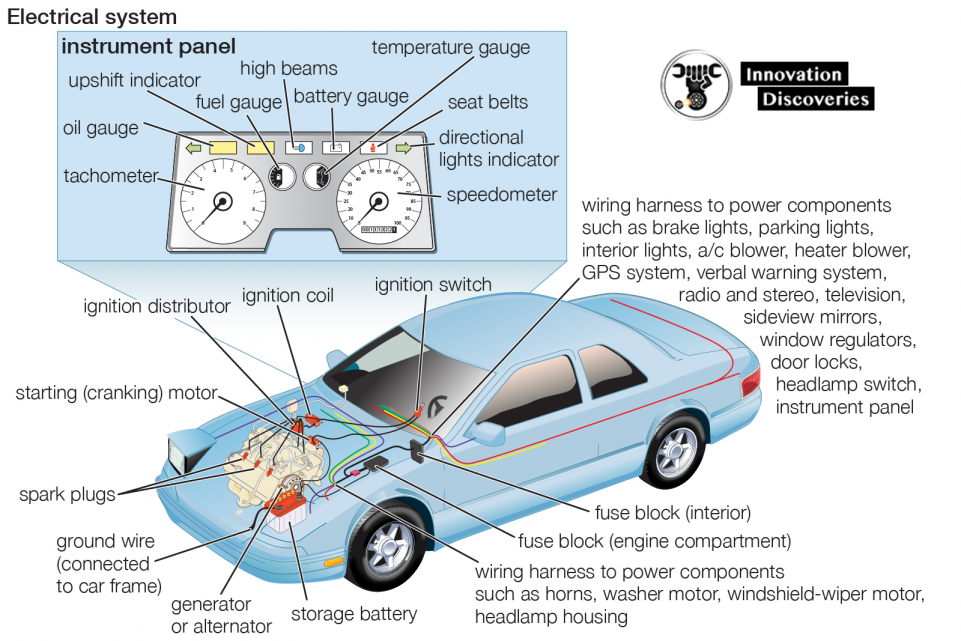
The alternator has four main components: The Stator, Rotor, Diode and voltage regulator.
When your alternator belt spins the alternator pulley, inside the alternator is the Rotor (which is a magnet or group of magnets) which spins very fast inside a ball of copper wires which is called the stator.
The Rotor spinning inside the stator produces electricity. Then Diode changes the electrical current from AC to DC which your battery uses.
The final step in the chain is the voltage regulator, it’s job is to shut off the flow of current to your battery if the voltage gets too much and stops your battery from overcharging and therefore getting cooked.
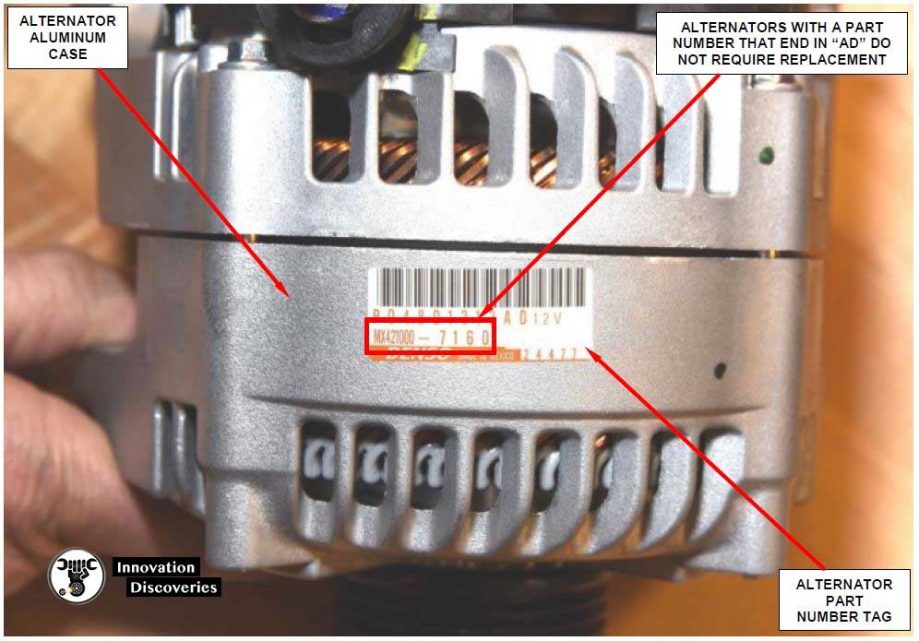
Testing a Car Battery
There is only one way to know if your battery is GOOD or BAD and that is to test it.
If you are unable to drive your car to have the battery tested remove the battery and just take the battery to be tested.

How Low is your Is the Car Battery?
The key test is to check to see if the voltage of the battery is more than seventy per cent charged.
In effect, it is shown as being below 12.45 volts then you should be recharged such as by using going for a twenty-minute or so drive, or by using a mobile charger unit.
READ: CAR BATTERY OR ALTERNATOR: WHICH ONE IS THE CULPRIT BEHIND A DEAD CAR?
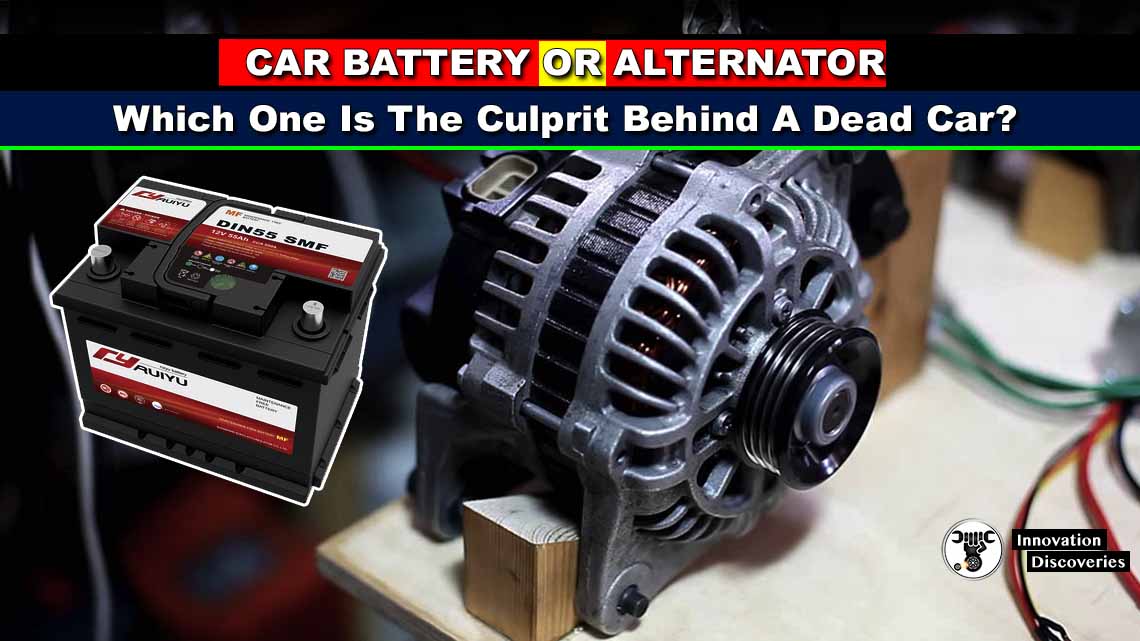
Why You Need a Good Battery for Reliable Cold Weather Starting
A good battery is essential for reliable starting, especially during cold weather because cold weather increases the cranking load on the battery.
Oil gets thicker at low temperatures so it takes more amps to crank a cold engine when you try to start it.
At 0 degrees F, the number of cranking amps it takes to start a cold engine may increase as much as 2X.
At minus 15 degrees below zero F., it can take 3X or more amps to crank the engine depending on the viscosity of the oil in the crankcase.
The thicker the oil, the harder is it to crank the engine.
At the same time, cold temperatures also sap the battery’s ability to supply amps.
At 0 degrees F, most batteries can only deliver about 65% of their normal cranking amps.
Battery power is cut in half at -20 degrees!
READ: MOST COMMON LOOSE ALTERNATOR BELT SYMPTOMS
